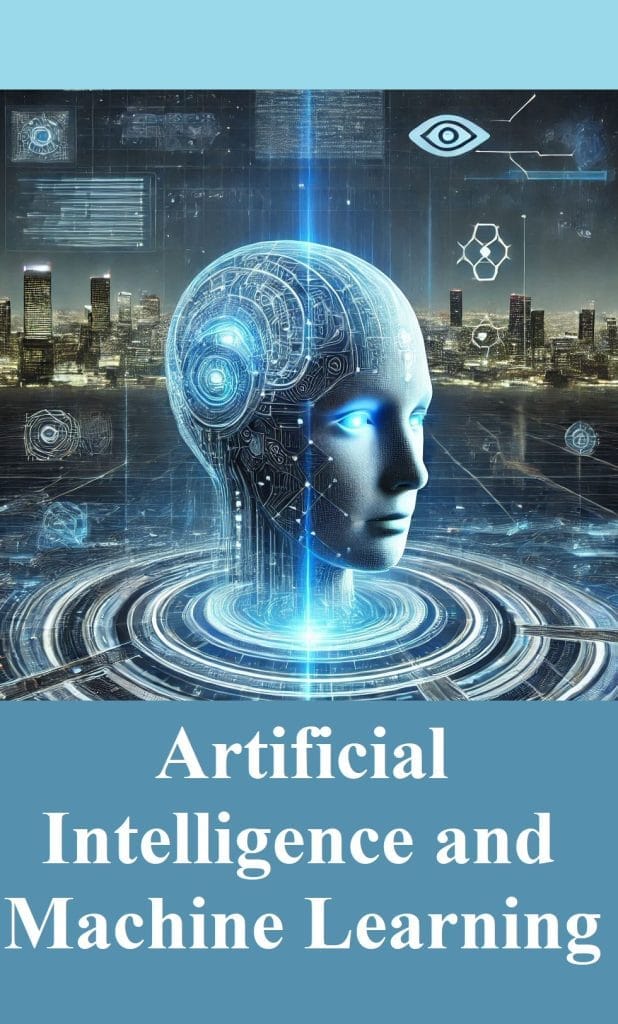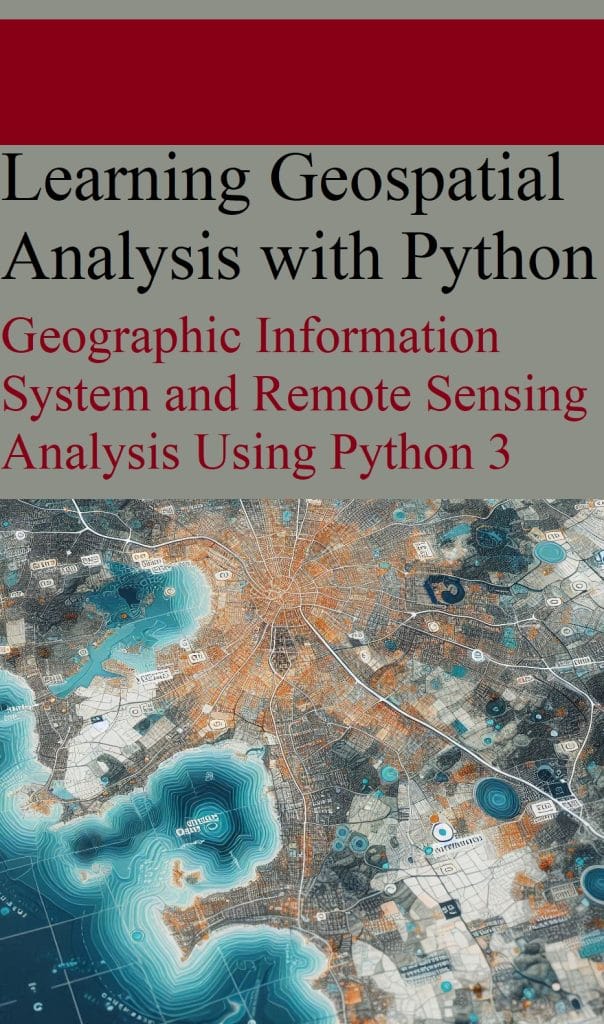Rewrite this article:
3. Implementation of transformer models
Transformers are the backbone of modern LLMs. They use self-attention mechanisms to evaluate the importance of different words in a sentence, allowing the models to capture context more effectively than traditional RNNs.
Key components of transformer models:
- Self-attention: Allows the model to focus on relevant parts of the input when generating the output.
- Positional coding: Helps the model understand the order of words in a sequence.
- Encoder-decoder architecture: Common in models such as BERT (Bidirectional Encoder Representations from Transformers) and GPT (Generative Pre-trained Transformer).
Implementation of a simple Pytorch transformer:
from torch import nnclass TransformerModel(nn.Module):
def __init__(self, n_tokens, dim_model, n_heads, n_layers):
super(TransformerModel, self).__init__()
self.embedding = nn.Embedding(n_tokens, dim_model)
self.transformer = nn.Transformer(dim_model, n_heads, n_layers)
self.fc = nn.Linear(dim_model, n_tokens)def forward(self, src, tgt):
src_emb = self.embedding(src)
tgt_emb = self.embedding(tgt)
output = self.transformer(src_emb, tgt_emb)
return self.fc(output)
4. Fine-tuning of pre-trained models
Fine-tuning involves taking a pre-trained LLM and further training it on a specific task or dataset. This approach saves time and computational resources while leveraging the general knowledge already encoded in the model.
Fine-tuning with Hugging Face Transformers:
from transformers import GPT2LMHeadModel, GPT2Tokenizer, Trainer, TrainingArguments# Load pre-trained model and tokenizer
model = GPT2LMHeadModel.from_pretrained('gpt2')
tokenizer = GPT2Tokenizer.from_pretrained('gpt2')# Prepare dataset and training arguments
train_dataset = ...
training_args = TrainingArguments(
output_dir="./results",
num_train_epochs=1,
per_device_train_batch_size=2,
)# Initialize Trainer
trainer = Trainer(
model=model,
args=training_args,
train_dataset=train_dataset
)# Train the model
trainer.train()
Addressing modern challenges in large language models
While LLMs offer immense potential, they also come with challenges. Here are some of the key challenges and considerations when working with generative AI:
1. Computational costs and resource intensity
LLM courses require significant computing resources, often requiring powerful GPUs or TPUs. This can be a barrier for small businesses or individual developers.
Solutions:
- Use cloud-based services like AWS, Google Cloud, or Azure that offer scalable GPU resources.
Opt for model distillation or pruning techniques to reduce model size and inference time.
2. Ethical concerns and biases
Generative models can inadvertently produce biased or inappropriate content if trained on imbalanced datasets. Ensuring fairness and mitigating bias is critical in AI model development.
Approaches to mitigating bias:
- Data audit: Regularly review training data to identify and correct biases.
- Equity indicators: Implement equity measures to assess model outcomes across different demographic groups.
3. Understand the context and nuances
LLMs may struggle to understand context, leading to incorrect or misleading results, especially in complex or nuanced scenarios.
Improve contextual understanding:
- Integrate additional contextual data during training.
- Fine-tune models on domain-specific data that capture the necessary nuances.
4. Security and Privacy Issues
Generative models can be misused to create fake content, phishing attacks, or other malicious activities. Ensuring the ethical use of AI is paramount.
Best practices:
- Adhere to AI ethical guidelines and standards.
- Implement robust security measures to protect models and data.
Best practices in generative AI
- Data quality: Ensure high-quality data for training models, as the performance of generative models strongly depends on the quality and diversity of training data.
- Model evaluation:Use metrics such as inception score (IS) and Fréchet inception distance (FID) to evaluate the performance of generative models, especially in image generation tasks.
- Ethical considerations: Be aware of the ethical implications of generative AI, including the risk of misuse in generating misleading content.
Conclusion
Generative AI, especially LLMs, offers revolutionary capabilities in text generation, language translation, and more. Python’s extensive libraries and frameworks provide the tools to efficiently build and refine these models. However, it is essential to address the challenges associated with LLMs, including computational requirements, ethical considerations, and ensuring the accuracy and fairness of results.
By mastering these fundamental techniques in Python and understanding the broader implications of LLMs, you can harness the full potential of generative AI to drive innovation and solve complex problems.
Source link







